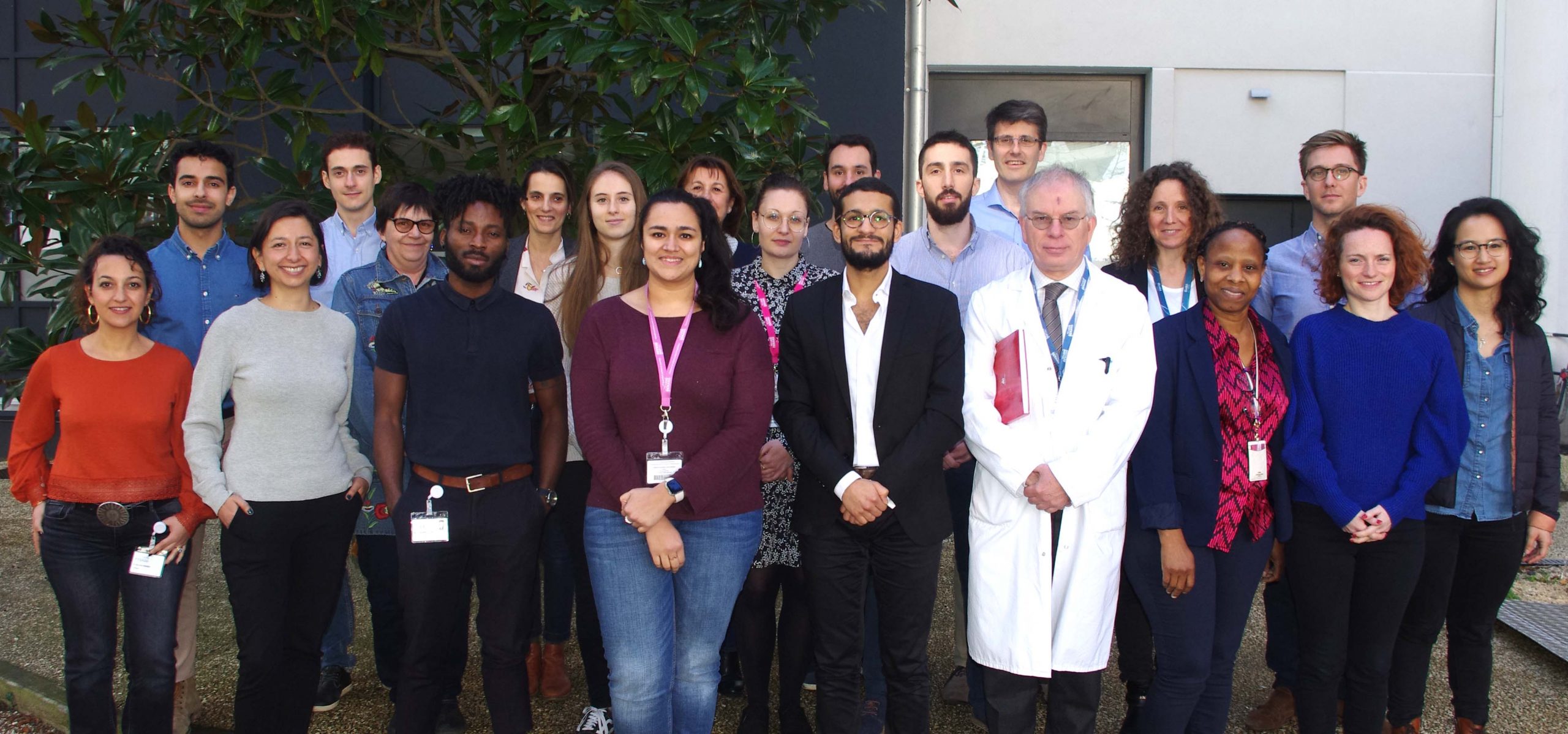Integrated analysis of the dynamics of cancer

Objectives
Our goal is to understand the longitudinal dynamics of head and neck cancer to intercept transformation of premalignant lesions, prevent the development of second primary tumors and improve treatment efficacy. Our strategy is to integrate clinical, pathological and molecular profiles to unravel the dynamic changes during early stages of tumorigenesis and under the selective pressure of systemic and radiation therapies. Our specific aims are as follow: to determine the evolutionary dynamics during the early stages of tumorigenesis, mainly in the oral cavity; to unravel the diversity and heterogeneity of head and neck cancer and their relevance for improved patient stratification; and to identify new candidate targets for patients with squamous cell carcinoma.
Projects
Our team is focusing on head and neck (HN) disease from preneoplasia to established squamous cell carcinoma (SCC), before and after systemic therapy. Our ultimate goal is to reduce the incidence of SCCHN by intercepting transformation of oral premalignant lesions or by preventing the development of second primary tumors (SPTs), and by improving the treatment efficacy of established tumors. Our scientific objective is to understand the longitudinal dynamics of SCCHN to develop clinically relevant preventive and treatment strategies at specific time points of the natural history. We integrate clinical, pathological and molecular profiles both in human samples and preclinical models to unravel the dynamic changes during early stages of tumorigenesis and under the selective pressure of therapy, to reveal vulnerabilities that may in turn translate into new treatment and prevention strategies.
Aim 1 is to understand the genetic evolutionary trajectories underlying premalignant lesions progression, the co-evolution between premalignant lesions and the immune micro-environment and to integrate phenotypic (expression profiles), genetic and immune profiling to improve risk assessment and to develop the rational for innovative interception and preventive strategies.
Aim 2 is to evaluate the diversity and heterogeneity of SCCHN before treatment initiation and at the time of progressive disease to refine the current molecular classification of SCCHN, and test its relevance for improved patient stratification.
Aim 3 is to identify new targets through a systematic and comprehensive identification and validation of non-canonical membranous (externalized) proteins in SCCHN, using an in silico and a proteomic approach.
Our work is translational and multidisciplinary, combining the expertise of basic and translational scientists and physicians. We are strongly involved in the training of biologists, physicians and pharmacists. The team is actively collaborating with number of teams at CRCL, nationally and internationally. We have developed expertise in analyzing, integrating high-throughput and clinical data, and data mining of publicly available genomic data, which is often the basis of productive collaborations with other teams. Our work also involves socio-economic interactions through collaborations with pharma companies (ancillary studies) and biotechs. Specifically, we study longitudinal liquid biopsies for the study of the dynamics of cancer (Inivata, Illumina…) and the transcriptomic analysis of formalin-fixed paraffin embedded tissue (HTG Molecular Diagnostics). Another example is the ongoing funded effort with Cellenion to develop new approaches for single cell analysis.
-
Pierre Saintigny, PH
Team leader
pierre.saintigny@lyon.unicancer.fr